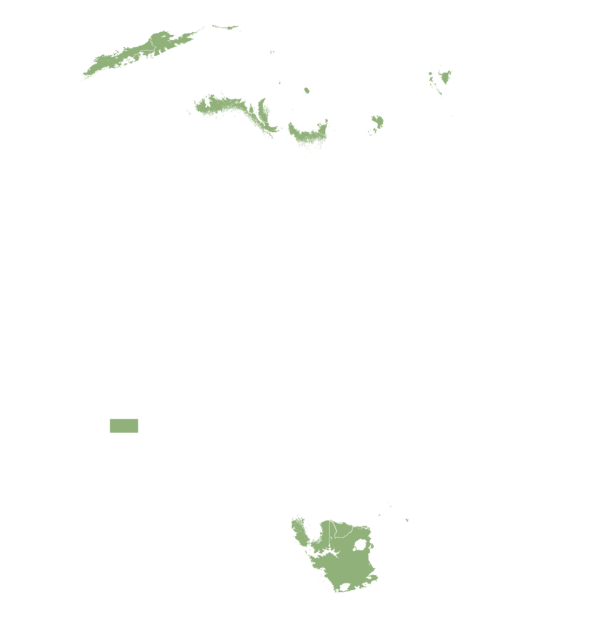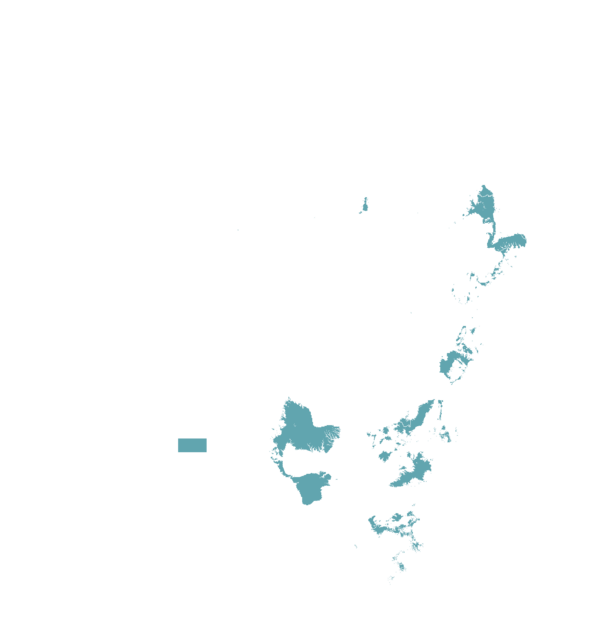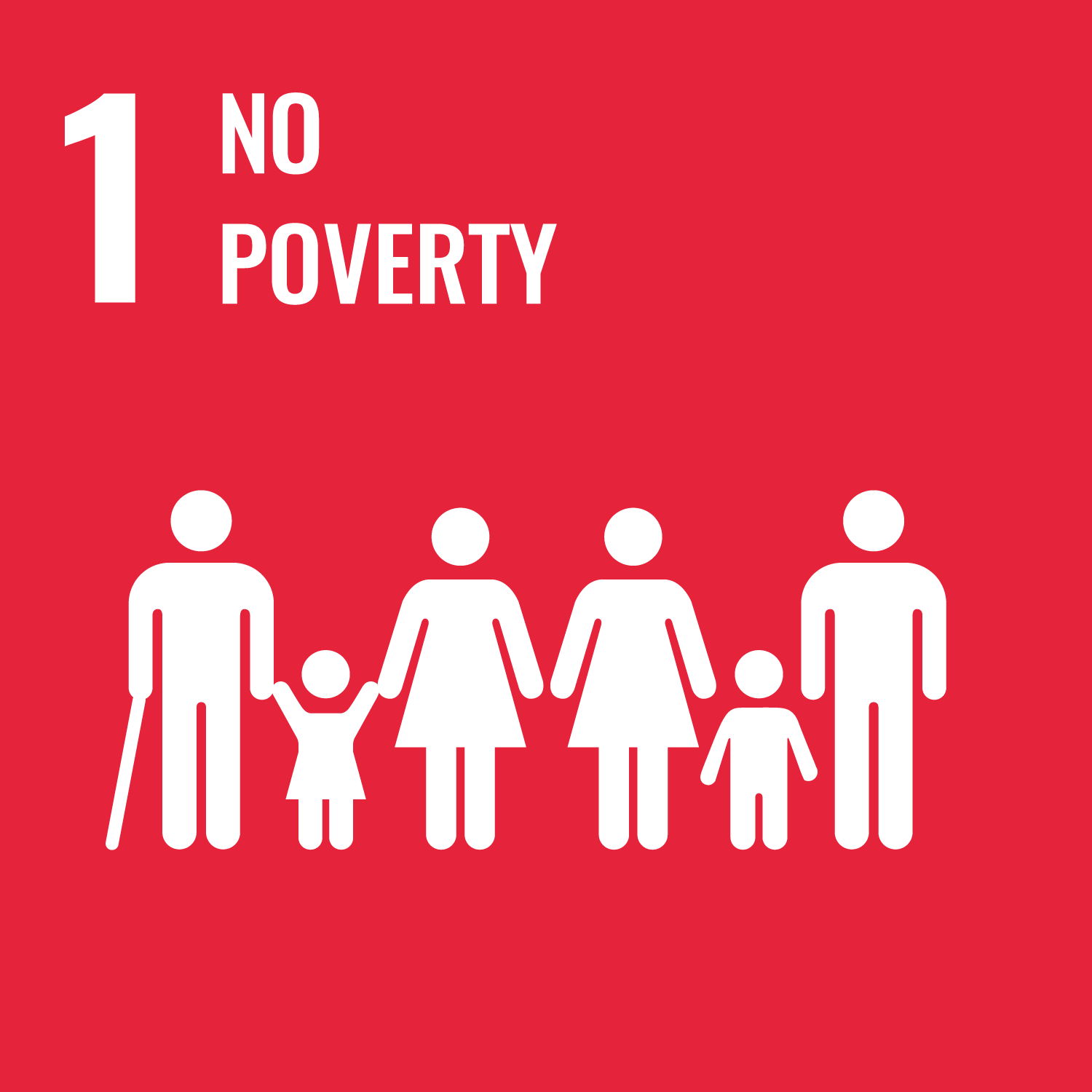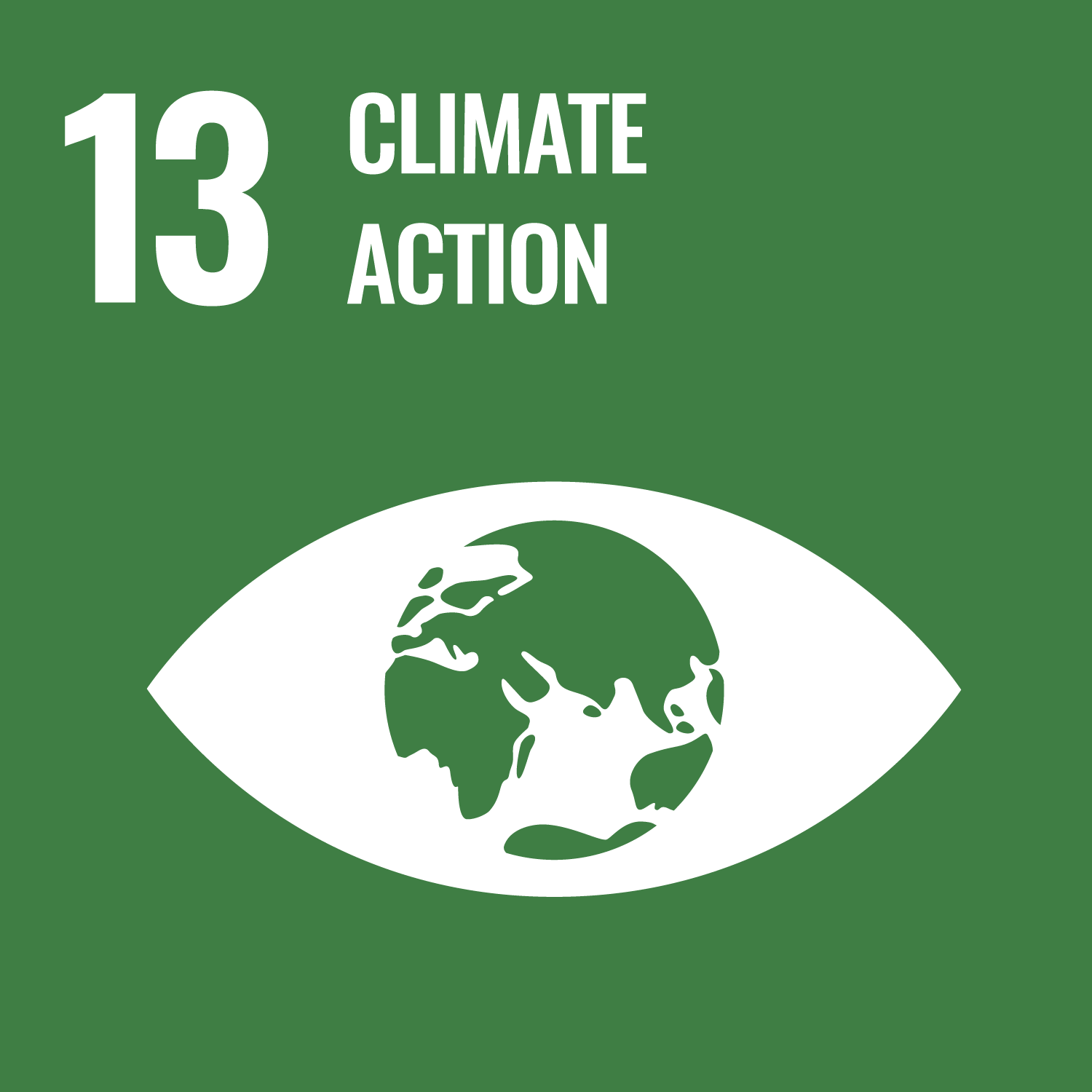

Boost yields, and income with advanced maize.
TEGO is an improved varieties maize technology developed to bolster drought resilience and improve grain output in maize cultivation. Developed through collaborative research efforts, TEGO integrates cutting-edge genetic traits, advanced breeding techniques, and climate-smart agricultural practices to address the pressing challenges posed by erratic rainfall patterns and water scarcity in agricultural landscapes.
This technology is TAAT1 validated.
Adults 18 and over: Positive high
Under 18: Positive medium
Women: Positive medium
Climate adaptability: Highly adaptable
Farmer climate change readiness: Significant improvement
Biodiversity: No impact on biodiversity
DroughtTEGO® maize varieties are gaining traction in Kenya, with 26% of farmers using them and awareness reaching 61%. The most popular variety, WE1101, is valued for its high yields and drought tolerance. Adoption rates are highest in Kakamega (65%), showing the impact of local promotion like demonstrations and farmer-to-farmer sharing. With 89% of farmers willing to adopt this technology in the future, it has strong potential to improve food security and resilience, making it a great fit for programs targeting drought-prone areas.
DroughtTEGO® aligns with several Sustainable Development Goals by increasing farmers’ incomes through higher yields (SDG 1), enhancing food security through improved maize production (SDG 2), and mitigating climate change impacts with drought-tolerant traits (SDG 13)
Integrating DroughtTEGO® maize varieties with complementary technologies from the Maize Toolkit TAAT e-catalog can enhance productivity and resilience. Those technologies include GrainMate: Grain Moisture Meter which is an affordable device that enables farmers to accurately measure the moisture content of their maize, reducing post-harvest losses and ensuring grain quality during storage and Aflasafe: Aflatoxin Biocontrol Solution which reduces aflatoxin contamination in maize, improving food safety and marketability while protecting farmer livelihoods.
The technology has been introduced in Burundi, DR Congo, Kenya, Rwanda, South Sudan, Tanzania, and Uganda under the Enabling Sustainable Regional Agricultural Extension (ENSURE) project funded by AfDB.
Trademark
Scaling Readiness describes how complete a technology’s development is and its ability to be scaled. It produces a score that measures a technology’s readiness along two axes: the level of maturity of the idea itself, and the level to which the technology has been used so far.
Each axis goes from 0 to 9 where 9 is the “ready-to-scale” status. For each technology profile in the e-catalogs we have documented the scaling readiness status from evidence given by the technology providers. The e-catalogs only showcase technologies for which the scaling readiness score is at least 8 for maturity of the idea and 7 for the level of use.
The graph below represents visually the scaling readiness status for this technology, you can see the label of each level by hovering your mouse cursor on the number.
Read more about scaling readiness ›
Uncontrolled environment: validated
Common use by projects NOT connected to technology provider
| Maturity of the idea | Level of use | |||||||||
| 9 | ||||||||||
| 8 | ||||||||||
| 7 | ||||||||||
| 6 | ||||||||||
| 5 | ||||||||||
| 4 | ||||||||||
| 3 | ||||||||||
| 2 | ||||||||||
| 1 | ||||||||||
| 1 | 2 | 3 | 4 | 5 | 6 | 7 | 8 | 9 | ||
| Country | Testing ongoing | Tested | Adopted |
|---|---|---|---|
| Ethiopia | –No ongoing testing | Tested | Adopted |
| Kenya | –No ongoing testing | Tested | Adopted |
| Mozambique | –No ongoing testing | Tested | Adopted |
| Nigeria | –No ongoing testing | Tested | Adopted |
| South Africa | –No ongoing testing | Tested | Adopted |
| Tanzania | –No ongoing testing | Tested | Adopted |
| Uganda | –No ongoing testing | Tested | Adopted |
This technology can be used in the colored agro-ecological zones. Any zones shown in white are not suitable for this technology.

















| AEZ | Subtropic - warm | Subtropic - cool | Tropic - warm | Tropic - cool |
|---|---|---|---|---|
| Arid | ||||
| Semiarid | ||||
| Subhumid | ||||
| Humid |
Source: HarvestChoice/IFPRI 2009
The United Nations Sustainable Development Goals that are applicable to this technology.




Last updated on 7 November 2025